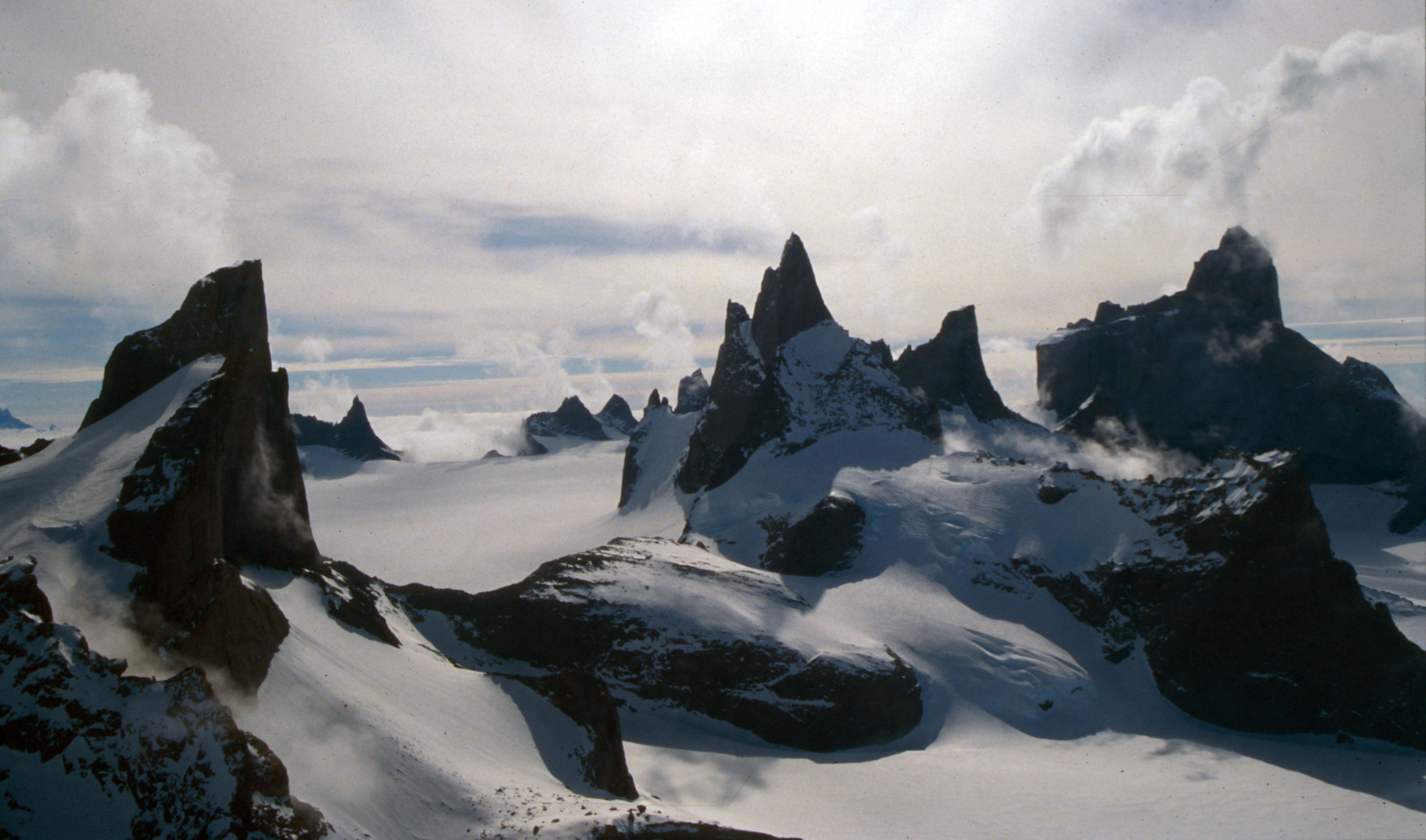|
Ytstenut Peak
Ytstenut Peak () is the northeasternmost peak in the Borg Massif, in Queen Maud Land. Mapped by Norwegian cartographers from surveys and air photos by the Norwegian-British-Swedish Antarctic Expedition (NBSAE) (1949–1952), led by John Schjelderup Giæver John Schjelderup Giæver (31 December 1901 – 9 November 1970) was a Norwegian author and polar researcher. Jónsbú Station in NE Greenland was named after him. Personal life He was born in Tromsø in Troms, Norway. He was the son of la ... and air photos by the Norwegian expedition (1958–59) and named Ytstenut (outermost peak). Mountains of Queen Maud Land Princess Martha Coast {{PrincessMarthaCoast-geo-stub ... [...More Info...] [...Related Items...] OR: [Wikipedia] [Google] [Baidu] |
Summit (topography)
A summit is a point on a surface that is higher in elevation than all points immediately adjacent to it. The topographic terms acme, apex, peak (mountain peak), and zenith are synonymous. The term (mountain top) is generally used only for a mountain peak that is located at some distance from the nearest point of higher elevation. For example, a big, massive rock next to the main summit of a mountain is not considered a summit. Summits near a higher peak, with some prominence or isolation, but not reaching a certain cutoff value for the quantities, are often considered ''subsummits'' (or ''subpeaks'') of the higher peak, and are considered part of the same mountain. A pyramidal peak is an exaggerated form produced by ice erosion of a mountain top. Summit may also refer to the highest point along a line, trail, or route. The highest summit in the world is Mount Everest with a height of above sea level. The first official ascent was made by Tenzing Norgay and Sir Edmund Hill ... [...More Info...] [...Related Items...] OR: [Wikipedia] [Google] [Baidu] |
Borg Massif
Borg Massif is a mountain massif, about long and with summits above , situated along the northwest side of the Penck Trough in Queen Maud Land, East Antarctica. The tallest peak, at , is Hogsaetet Mountain. The parallel, ice-filled Raudberg Valley and Frostlendet Valley trend northeastward through the massif, dividing its summits into three rough groups: Discovery and naming The feature was photographed from the air by the Third German Antarctic Expedition (1938–1939), led by Captain Alfred Ritscher, but was not correctly shown on the maps by the expedition. It was mapped in detail by Norwegian cartographers from surveys and air photos by the Norwegian–British–Swedish Antarctic Expedition (1949–1952), led by John Schjelderup Giæver. It was remapped by air photos taken by the Sixth Norwegian Antarctic Expedition (1958–1959). They named it "Borgmassivet" (the castle massif) in association with Borg Mountain, its most prominent feature. Features *Located at the ... [...More Info...] [...Related Items...] OR: [Wikipedia] [Google] [Baidu] |
Queen Maud Land
Queen Maud Land ( no, Dronning Maud Land) is a roughly region of Antarctica claimed by Norway as a dependent territory. It borders the claimed British Antarctic Territory 20° west and the Australian Antarctic Territory 45° east. In addition, a small unclaimed area from 1939 was annexed in June 2015. Positioned in East Antarctica, it makes out about one-fifth of the continent, and is named after the Norwegian queen Maud of Wales (1869–1938). In 1930, the Norwegian Hjalmar Riiser-Larsen was the first person known to have set foot in the territory. On 14 January 1939, the territory was claimed by Norway. On 23 June 1961, Queen Maud Land became part of the Antarctic Treaty System, making it a demilitarised zone. It is one of two Antarctic claims made by Norway, the other being Peter I Island. They are administered by the Polar Affairs Department of the Norwegian Ministry of Justice and Public Security in Oslo. Most of the territory is covered by the east Antarctic ic ... [...More Info...] [...Related Items...] OR: [Wikipedia] [Google] [Baidu] |
John Schjelderup Giæver
John Schjelderup Giæver (31 December 1901 – 9 November 1970) was a Norwegian author and polar researcher. Jónsbú Station in NE Greenland was named after him. Personal life He was born in Tromsø in Troms, Norway. He was the son of lawyer John Schjelderup Giæver (1864–1914) and his wife Thyra Høegh (1879–1954). He was the great-great-great-grandson of Jens Holmboe. John Schjelderup Giæver married Oddbjørg Jacobsen in March 1940 and they had a son in April the same year. However, the marriage was dissolved. Giæver married Anna Margrethe Gløersen in 1948; this time they had a daughter, born 1954. Career He took his secondary education in Trondheim in 1920, and then moved back to Tromsø. He started a newspaper career, as sub-editor of '' Tromsø Stiftstidende'' from 1921 to 1922. He was editor-in-chief in '' Vesteraalens Avis'' from 1922 to 1928 and ''Tromsø Stiftstidende'' from 1928 to 1929. He lived as a trapper in north-eastern Greenland from 192 ... [...More Info...] [...Related Items...] OR: [Wikipedia] [Google] [Baidu] |
Mountains Of Queen Maud Land
A mountain is an elevated portion of the Earth's crust, generally with steep sides that show significant exposed bedrock. Although definitions vary, a mountain may differ from a plateau in having a limited summit area, and is usually higher than a hill, typically rising at least 300 metres (1,000 feet) above the surrounding land. A few mountains are isolated summits, but most occur in mountain ranges. Mountains are formed through tectonic forces, erosion, or volcanism, which act on time scales of up to tens of millions of years. Once mountain building ceases, mountains are slowly leveled through the action of weathering, through slumping and other forms of mass wasting, as well as through erosion by rivers and glaciers. High elevations on mountains produce colder climates than at sea level at similar latitude. These colder climates strongly affect the ecosystems of mountains: different elevations have different plants and animals. Because of the less hospitable terrain and ... [...More Info...] [...Related Items...] OR: [Wikipedia] [Google] [Baidu] |


